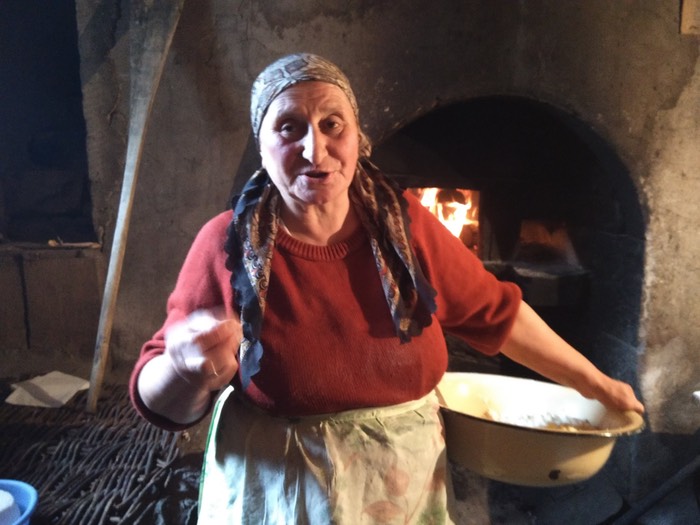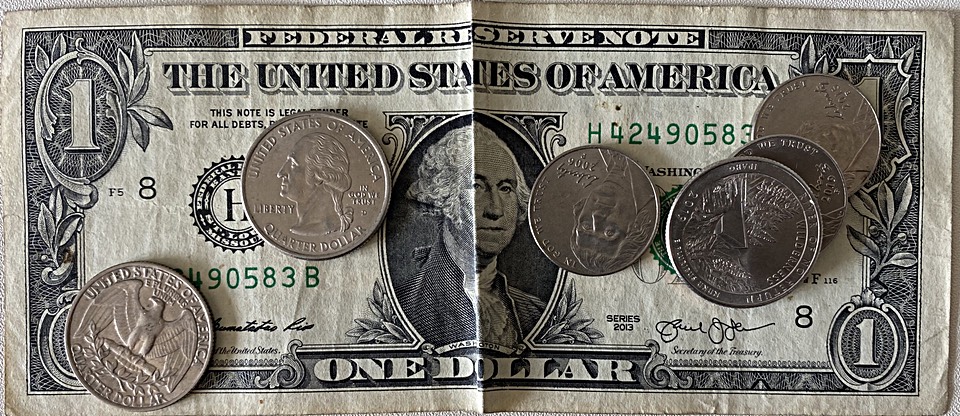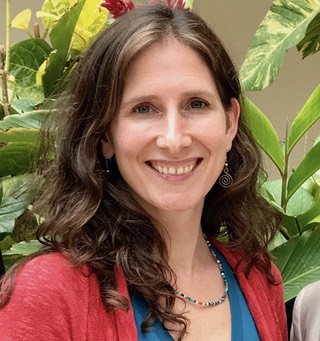In the most recent episode, Colin Tudge said:
“In America … there are many, many times more people in jail than there are working full time on the land.
Can that really be true?
The US prison population is relatively easy to find. 1,430,800 at year end 2019, currently the lowest in 24 years, since 1995.
What about people “working full-time on the land”. Does that include the people picking and hoeing? Let’s assume it means full-time farmers. That’s a much harder number to find.
The USDA 2017 Agricultural Census counts 3,399,834 “producers”.
Producers are “farmers and workers involved in making decisions”. Full-time on the land? Who knows. How about farms? Total number of farms in 2020 was 2,019,000. But how many actual farmers?
Impossible to discover, but I know someone who is trying hard. I asked @rosenblawg. He replied:
“Tentatively, I’d estimate that there are about 1 million farms (give or take 200K) in the country that are actively seeking to turn a profit (outside of tax benefits).”
So, somewhere between 800,000 and 1,200,000 actively operational farms. If each of those farms has one farmer, then yes, there are fewer farmers than people in jail. But it is close.
OK, maybe not “many, many more” prisoners than farmers. But still, too many prisoners and too few people working full-time on the land.
No matter where you stand on incarceration, more farmers doing real farming would be a good thing all around.

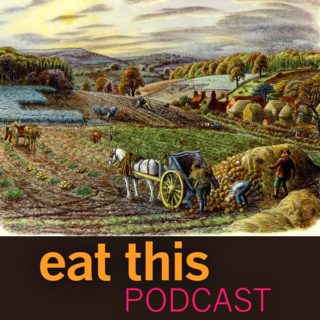

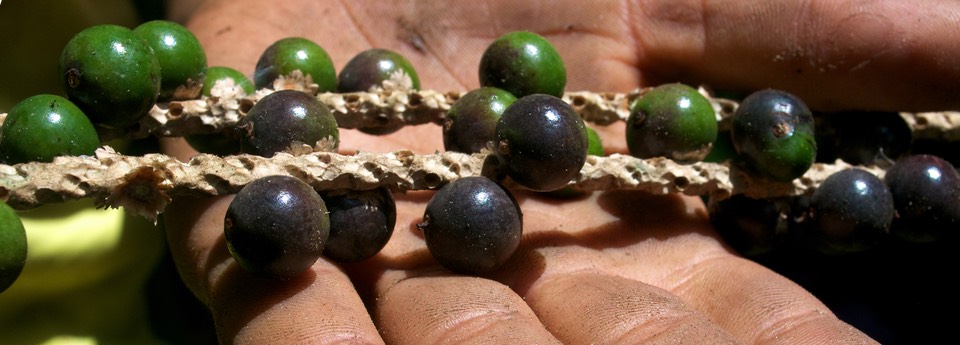
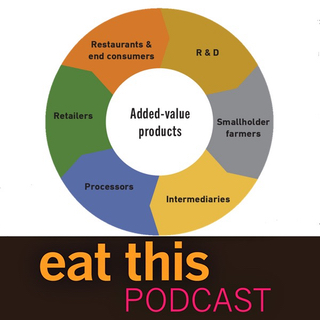 Açai, goji, chia. Pepino, mangosteen, rambutan. Quinoa, teff, fonio. Names to conjure with, especially if you’re in the business of selling food dreams. All of them have been touted at one time or another as being the next big thing. Superfoods that can cure all the ills that ail you. Many more mundane foods — chocolate, coffee, red wine — have mutated into functional foods, imbued with power to promote good health and fight disease.
Açai, goji, chia. Pepino, mangosteen, rambutan. Quinoa, teff, fonio. Names to conjure with, especially if you’re in the business of selling food dreams. All of them have been touted at one time or another as being the next big thing. Superfoods that can cure all the ills that ail you. Many more mundane foods — chocolate, coffee, red wine — have mutated into functional foods, imbued with power to promote good health and fight disease.
 Photographer, writer, traveller, cook, geographer, culinary anthropologist: Naomi Duguid is all this, and more. True, her books contain approachable recipes that have won awards and accolades from food-first organisations, like the James Beard Foundation and the International Association of Culinary Professionals. But they also offer sensitive insights into the lives of people far from her native Canada. Why do they prepare, cook and eat the foods they do? How does the way they live influence the way they eat, and vice versa? And all illustrated with her photographs, at once both informative and atmospheric.
Photographer, writer, traveller, cook, geographer, culinary anthropologist: Naomi Duguid is all this, and more. True, her books contain approachable recipes that have won awards and accolades from food-first organisations, like the James Beard Foundation and the International Association of Culinary Professionals. But they also offer sensitive insights into the lives of people far from her native Canada. Why do they prepare, cook and eat the foods they do? How does the way they live influence the way they eat, and vice versa? And all illustrated with her photographs, at once both informative and atmospheric. 